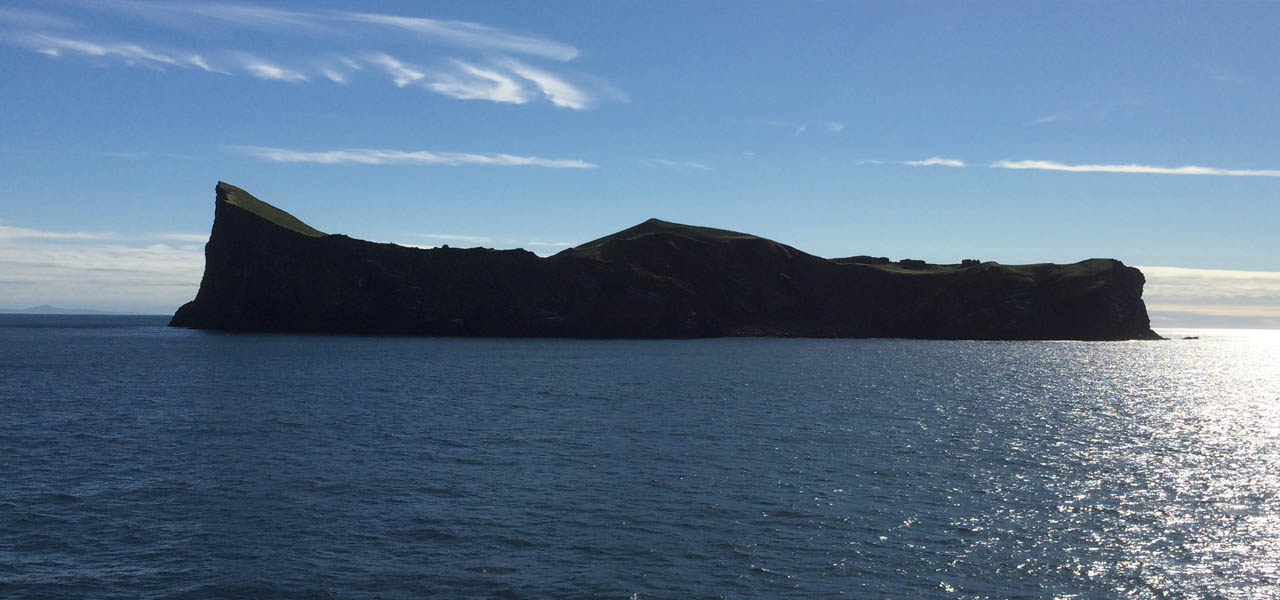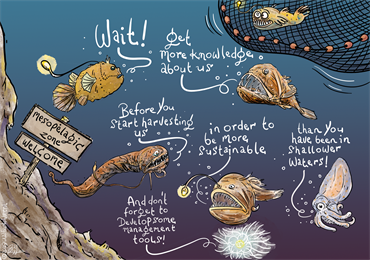
Mesopelagic fishing shows great potential
2020.5.25
Mesopelagic fish are the small species of fish that live between 200 and 1000 meters deep in the water. Today, mesopelagic species have only been remotely exploited and they represent a large potential fishery resource. However, there has been a growing interest in these species since 2015, and new Norwegian studies from 2019 have found that approximately 1500 tonnes of salmon, herring and krill were caught in the trial fishing along the west side of the Norwegian Sea. It is recognized that such numbers of mesopelagic catches are quite new in Norway.
A previous concern has addressed whether it would be possible to catch profitable quantities of mesopelagic species as the biomass was expected to be thinly distributed across large areas. However, experimental fisheries have shown that it is possible to catch some mesopelagic species in reasonably large quantities. This is considered a good starting point for further research on technology and biomass estimation.
The new research has also investigated the nutritional contents of these mesopelagic species. It was found that the species contain high levels of micronutrients such as vitamin A, calcium, selenium and omega 3 fatty acids. The researchers recognize that mesopelagic resources may be a solution to some local nutritional challenges due to the great global availability of the species. Though it is acknowledged that it is unlikely that humans will start to eat a lot of mesopelagic species in the near future, these species still present an interesting feed resource and they are thus a very interesting new resource for the fishmeal and fish oil industry.
Source: The Norwegian Institute of Marine Research (Havforskningsinstituttet).
European Fishmeal is partner of the MEESO project – “Ecologically and economically sustainable mesopelagic fisheries (MEESO)”. Read more about the project here.




